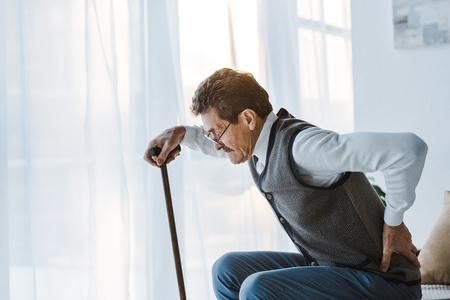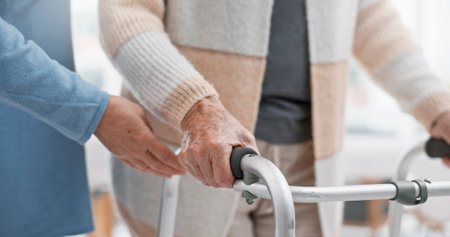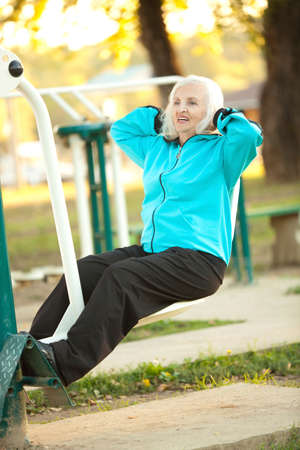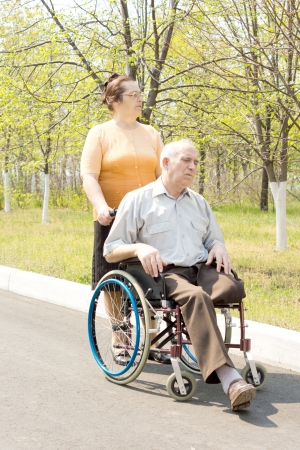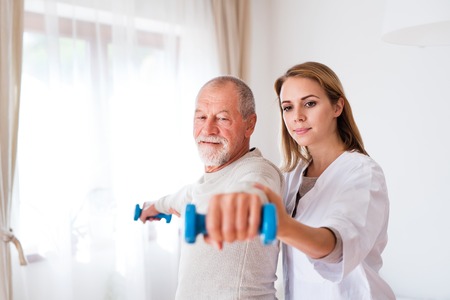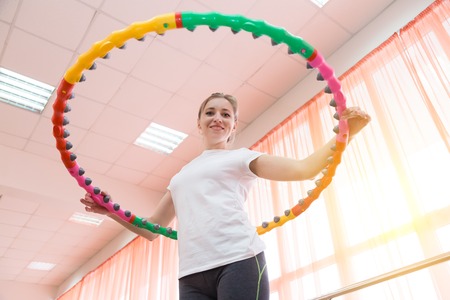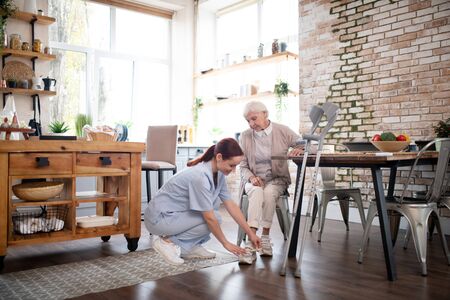Nutrition and Cooking Independence: Supporting Older Adults in Meal Preparation
1. Understanding Nutritional Needs in Later LifeAs we age, our bodies undergo many changes that influence how we absorb and utilise nutrients, making it especially important to pay attention to dietary needs in later life. In the UK, older adults often face unique nutritional challenges, including reduced appetite, changes in taste, and difficulties with chewing…

